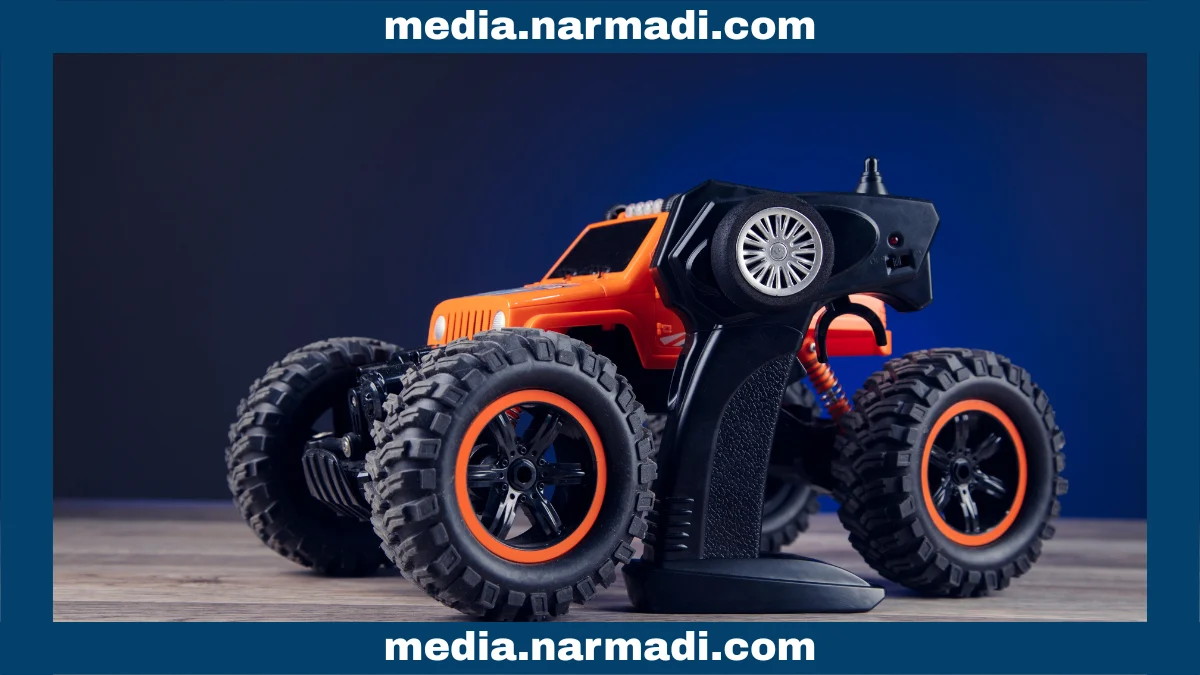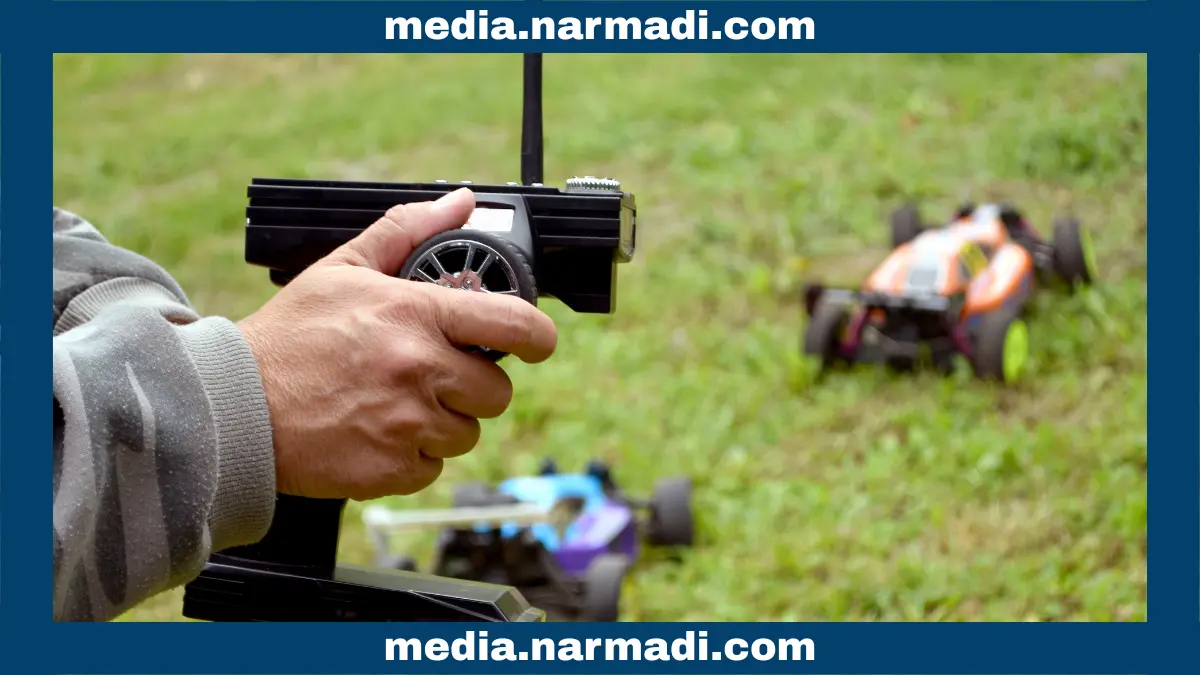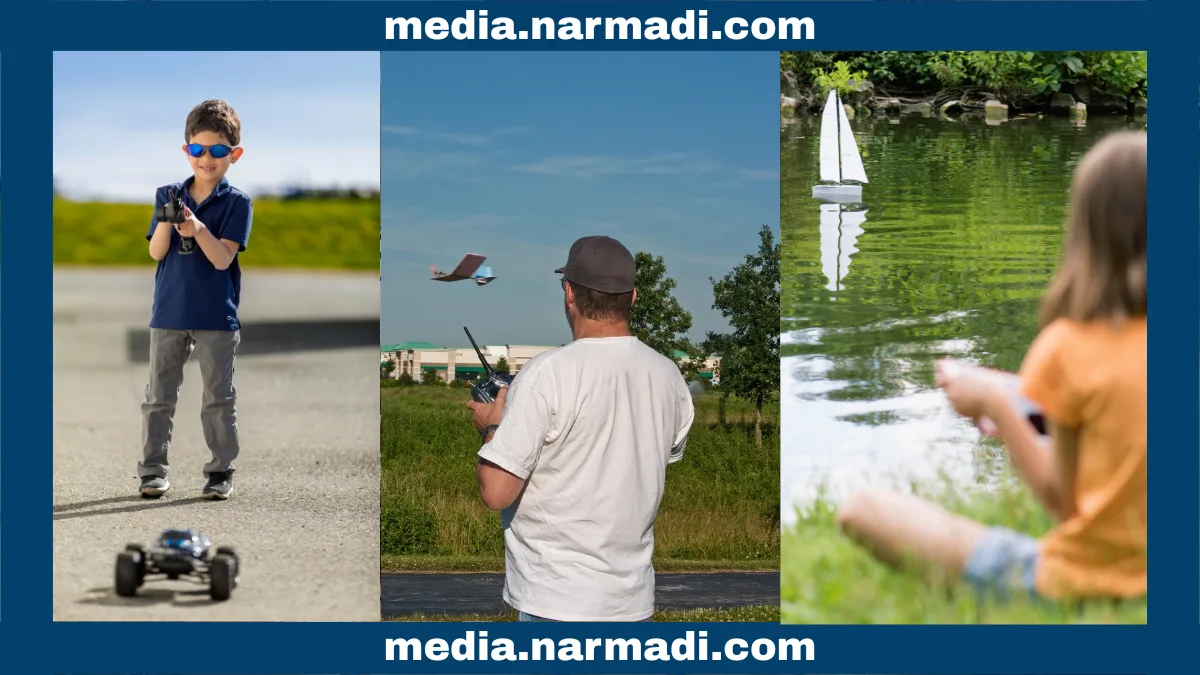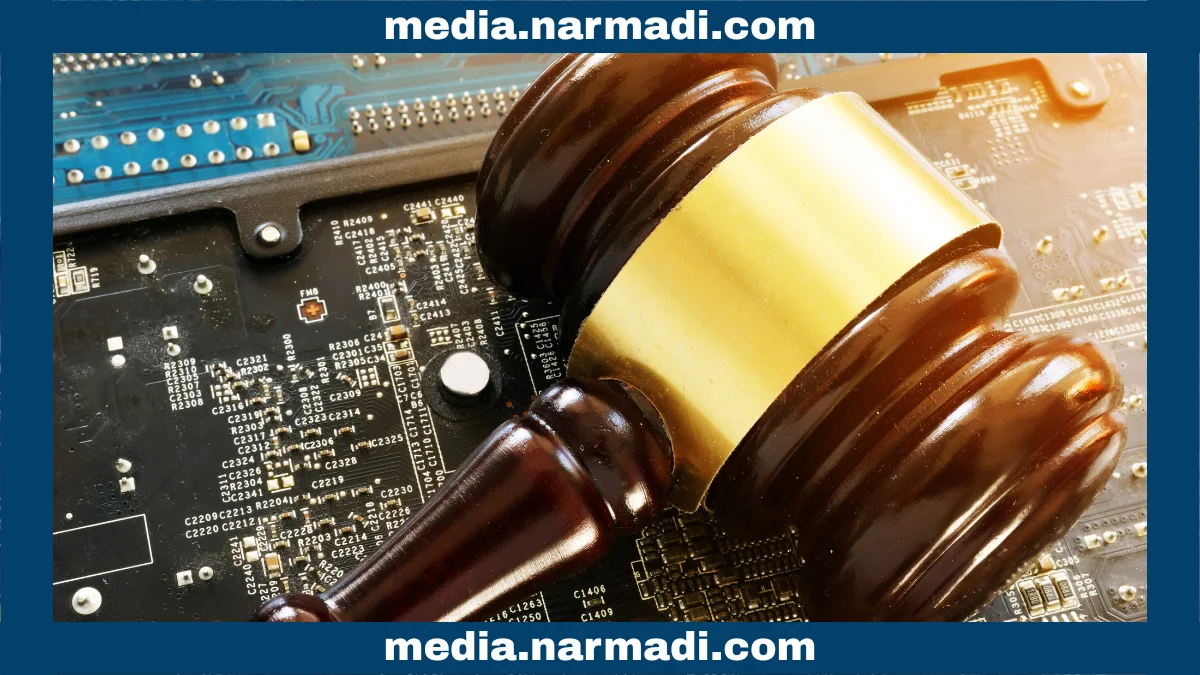Toys are synonymous with children, but not RC toys. These toys are suitable for all ages, from young children to adults. Utilizing wireless technology to operate the toys creates an enjoyable experience.
RC toys come in many types, ranging from cars, planes, and boats. There are even toys shaped like animals and robots for a non-vehicle toy control experience.
This article provides more details on how wireless technology works, includes examples of toys, and outlines regulations for using toys with Bluetooth technology.
What is an RC Toy?

A Radio Control (RC) toy is a small toy that can be controlled wirelessly with radio frequency (RF) or Bluetooth technology. Users operate the toy through a separate controller that causes the toy to move, such as moving forward or turning.
These toys may have been played with only by children in the past. However, nowadays, many adults also play with RC toys. In fact, adults take playing with them more seriously by combining technical, creative, and competitive aspects.
How RC Toys Work?

RC toys work with supporting components, namely transmitters, receivers, ESCs (Electronic Speed Controllers), motors, servos, and batteries. Simply put, the transmitter from the radio sends signals to the receiver in the main device of the toy to move it. Here's how it works in more detail:
- Movement commands: The radio control is given movement commands to move forward, backward, turn, or fly.
- Signal transmission: When a movement command is given, the transmitter sends a signal to the receiver.
- The receiver receives the command: The signal received from the transmitter is translated into movement settings for the toy.
- Motor and servo move: The received signal is responded to by the motor and servo to move the wheels, propellers, or steering wheel.
- ESC regulates control speed: The speed of the movement command is regulated by the ESC.
The wireless technology used in RC toys is Bluetooth with a frequency of 2.4 GHz. This technology provides stability, minimal interference from other signals, and has a fairly long range.
The Example of RC Toy

Examples of RC toys that you often encounter may be simply types of transportation, such as cars, planes, or ships. In fact, there are quite a lot of examples of these toys and more. Here are some examples:
- RC toy car: The most common type, used on flat roads and suitable for beginners.
- RC toy crawler: Another version of the RC toy car, this one is specifically used for off-road.
- RC toy tank: Suitable for group play because it is equipped with sounds, sensors, and shooting effects.
- RC toy truck: Enhances creativity, can be used to carry goods, sand, and other objects.
- RC toy boats: Available in electric and fuel versions to be controlled on the water surface.
- RC toy airplane: Like a simulation of flying an airplane, it usually has more complex controls. Suitable for experienced users.
- RC toy helicopter: Another version of the RC toy airplane, this one uses the principle of flying a helicopter.
- RC toy animal: Shaped like an animal, it can be moved according to the specific habits of that animal.
- RC toy robot: Shaped like a robot, it is similar to moving a human body.
RC Toy Regulation

A Radio Control (RC) toy utilizes Bluetooth technology, which operates within a specific frequency spectrum. In every country, all Bluetooth-based wireless devices are required to have Radio Frequency (RF) Certification.
RC toy regulations require all radio frequency-based devices to meet certain technical standards before they can be sold in that country. This certification ensures that the product complies with government safety and quality regulations and does not interfere with other communication devices.
The certification process involves technical testing, such as frequency adjustment, safety checks, and compatibility with the surrounding environment. Once testing is complete, products that pass will be listed in a Test Report, confirming that they are safe and ready for sale. This report assures customers that the product meets technical standards and is safe.
For companies wishing to sell RC toys, Product Compliance Specialists are available to assist with this process. This service includes preparing technical and legal documents, conducting the necessary testing, ensuring regulatory compliance, helping companies streamline the certification process, and providing consumers with confidence in certified products.